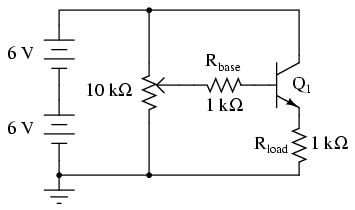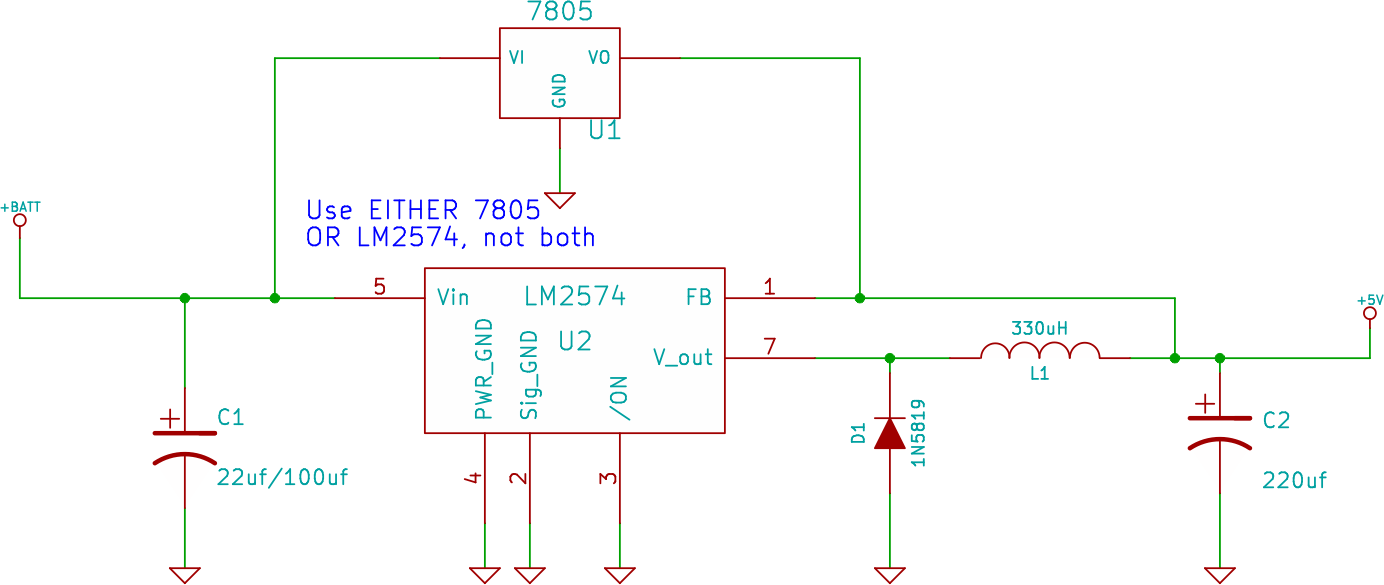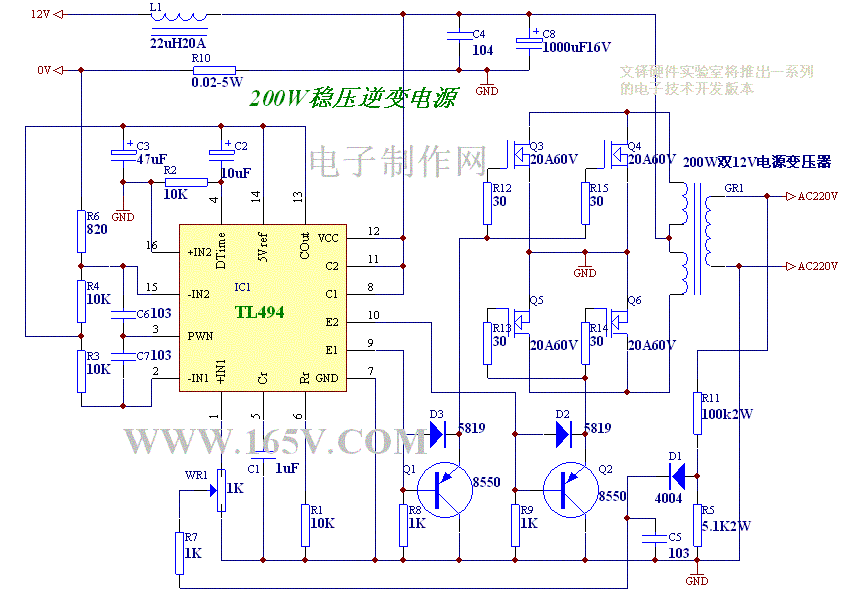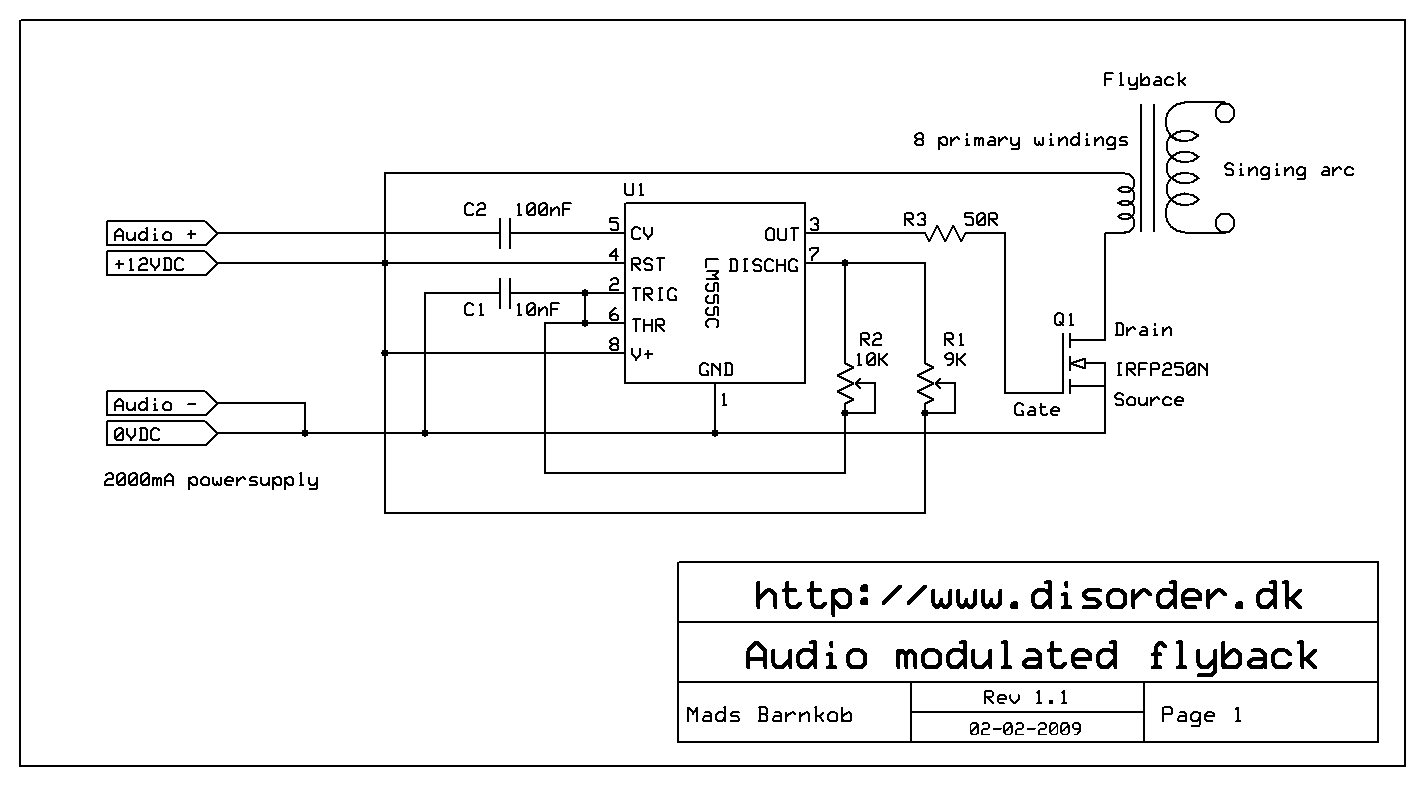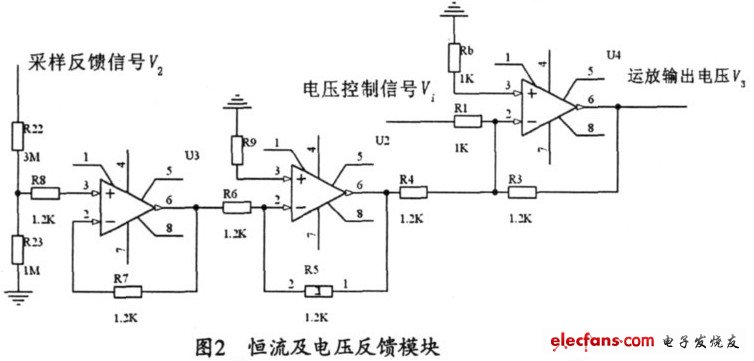
Basic single-supply voltage regulator
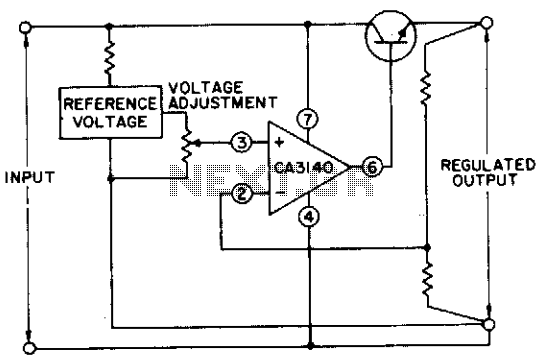
The circuit utilizes a CA3140 BiMOS operational amplifier that is capable of providing a regulated output adjustable from approximately 0 to 24 volts. The circuit is fully regulated.
The CA3140 BiMOS operational amplifier is a versatile component that combines the advantages of both bipolar and CMOS technologies, resulting in high input impedance and low output impedance. This enables the op amp to function effectively in various applications, including power supply regulation.
In this circuit, the CA3140 is configured in a feedback loop to maintain a stable output voltage. The output voltage can be adjusted by varying the resistance in the feedback network, typically implemented using a potentiometer. This adjustment allows for a smooth transition across the entire range of 0 to 24 volts, making the circuit suitable for powering different electronic devices with varying voltage requirements.
The fully regulated nature of the circuit ensures that fluctuations in input voltage or load conditions do not significantly affect the output voltage. This is achieved through the op amp's feedback mechanism, which continuously monitors the output and adjusts the input accordingly to maintain the desired voltage level.
Additional components may include capacitors for stability and filtering, as well as protection diodes to prevent reverse polarity or overvoltage conditions that could damage the op amp or the load. Proper thermal management should also be considered, especially if the circuit is expected to deliver high current levels, as excessive heat can affect performance and reliability.
In summary, the circuit employing the CA3140 BiMOS op amp is designed to provide a reliable and adjustable voltage source, characterized by its full regulation capabilities, making it a valuable solution for a wide range of electronic applications.The circuit uses a CA3140 BiMOS op amp capable of supplying a regulated output that can be adjusted from essentially 0 to 24 volts. The circuit is fully regulated. 🔗 External reference
The CA3140 BiMOS operational amplifier is a versatile component that combines the advantages of both bipolar and CMOS technologies, resulting in high input impedance and low output impedance. This enables the op amp to function effectively in various applications, including power supply regulation.
In this circuit, the CA3140 is configured in a feedback loop to maintain a stable output voltage. The output voltage can be adjusted by varying the resistance in the feedback network, typically implemented using a potentiometer. This adjustment allows for a smooth transition across the entire range of 0 to 24 volts, making the circuit suitable for powering different electronic devices with varying voltage requirements.
The fully regulated nature of the circuit ensures that fluctuations in input voltage or load conditions do not significantly affect the output voltage. This is achieved through the op amp's feedback mechanism, which continuously monitors the output and adjusts the input accordingly to maintain the desired voltage level.
Additional components may include capacitors for stability and filtering, as well as protection diodes to prevent reverse polarity or overvoltage conditions that could damage the op amp or the load. Proper thermal management should also be considered, especially if the circuit is expected to deliver high current levels, as excessive heat can affect performance and reliability.
In summary, the circuit employing the CA3140 BiMOS op amp is designed to provide a reliable and adjustable voltage source, characterized by its full regulation capabilities, making it a valuable solution for a wide range of electronic applications.The circuit uses a CA3140 BiMOS op amp capable of supplying a regulated output that can be adjusted from essentially 0 to 24 volts. The circuit is fully regulated. 🔗 External reference
